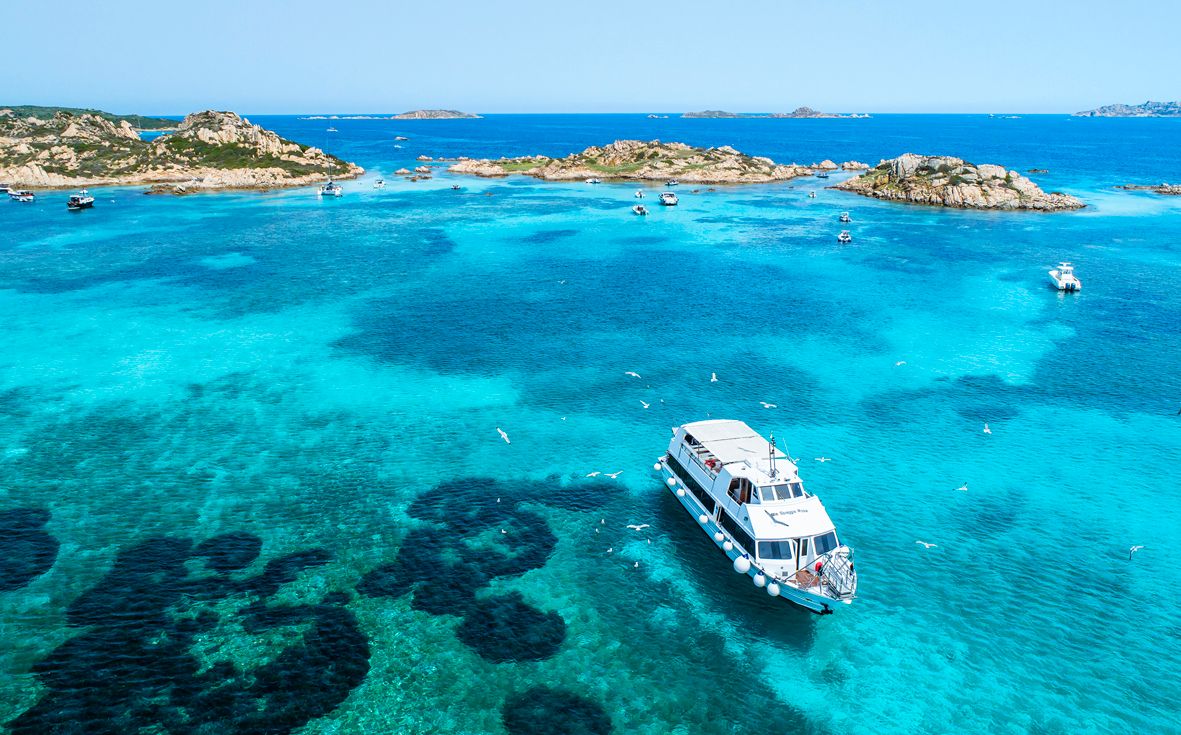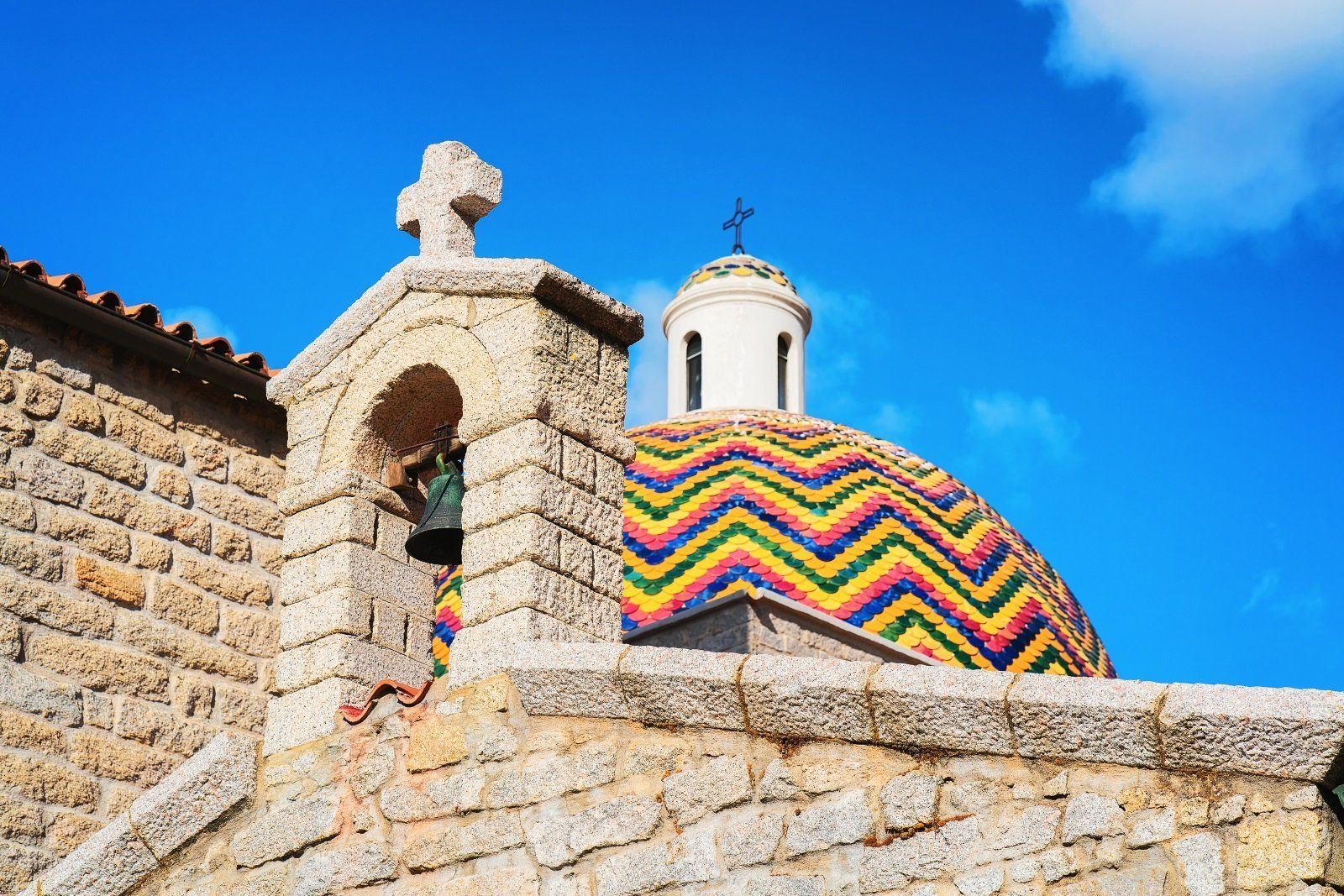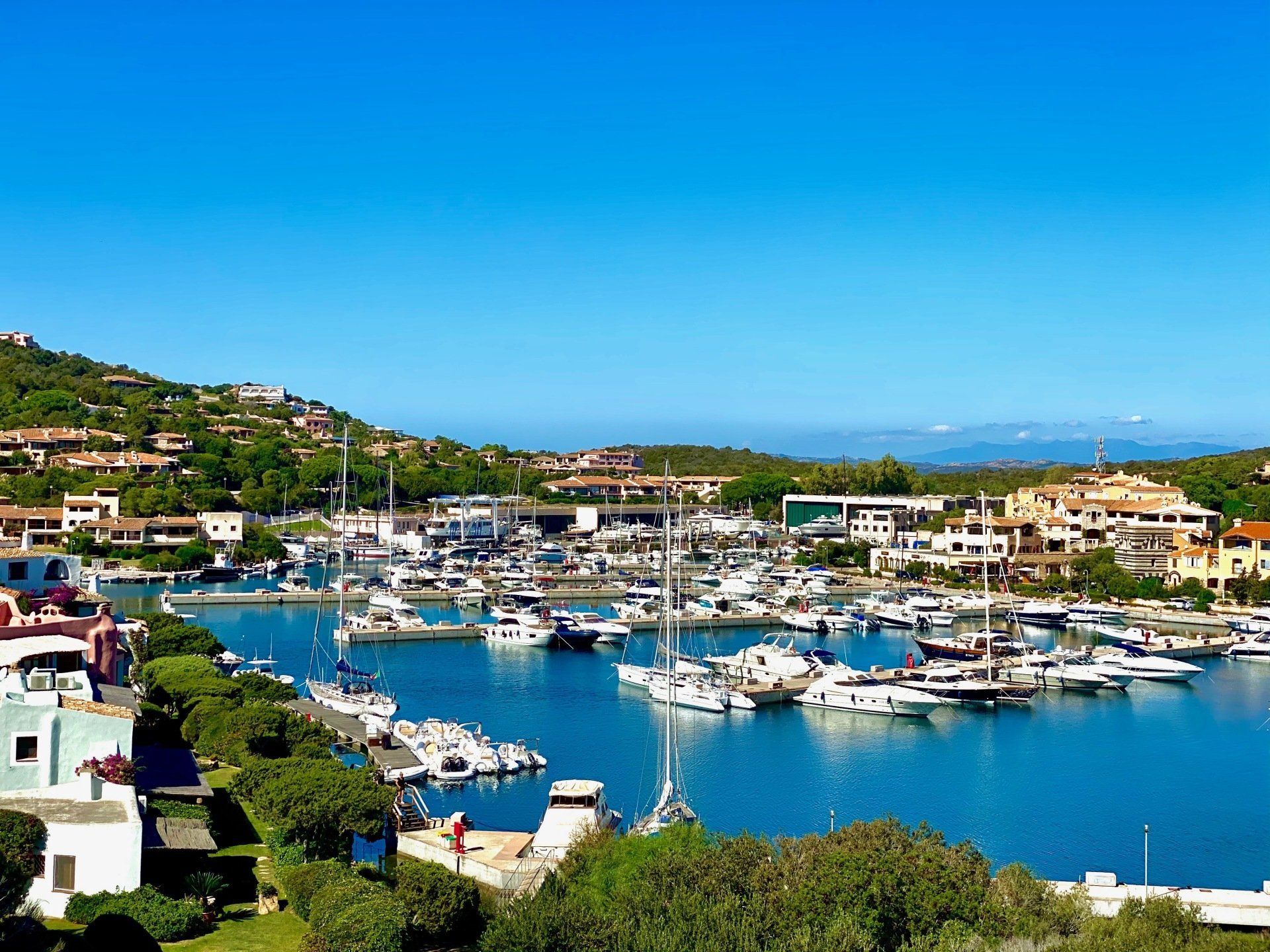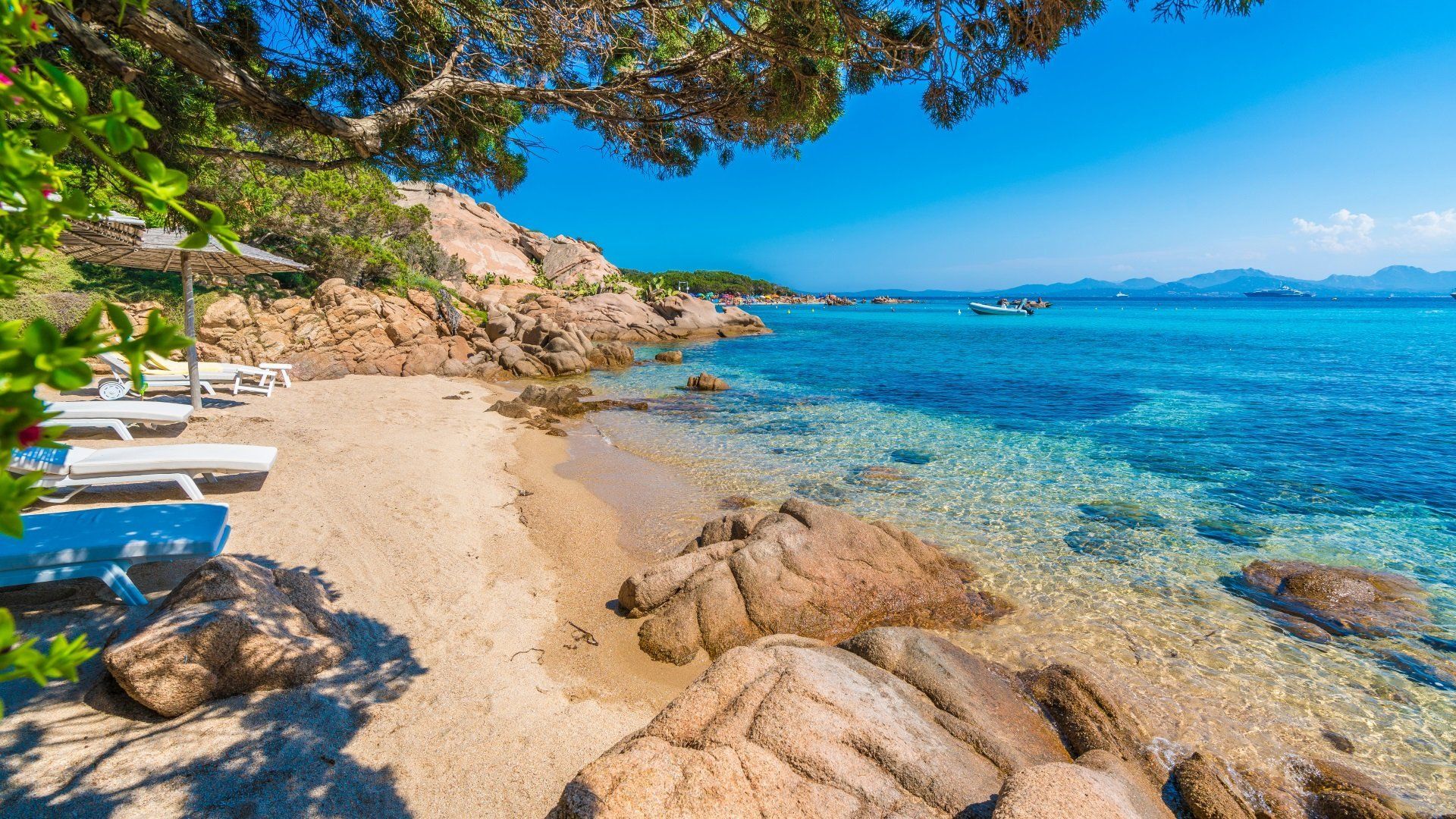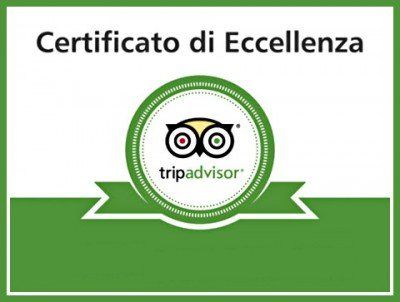Ape Romantic Tour
Excursions, Boat Trips, Airport Transfer Service
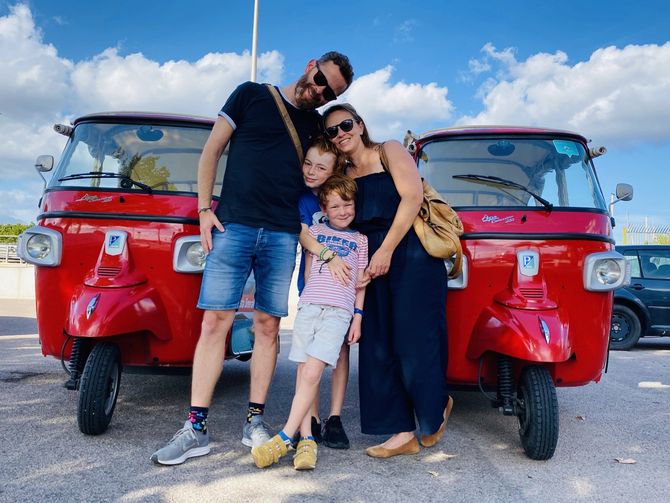
Discover Olbia and Sardinia with Our Exclusive Tours
Experience the authenticity and beauty of Olbia and Costa Smeralda with our private tours and small group experiences. Discover Olbia’s ancient history, visit local wineries, admire breathtaking landscapes, and immerse yourself in Sardinian traditions, all in an exclusive setting.
Start your adventure with a private Tuk-Tuk tour in the heart of Olbia, where you'll visit the main historical monuments and enjoy the charm of its narrow streets. With our exclusive service, the tour is fully tailored to your preferences, allowing you to explore the city at your own pace.
If you’re a wine enthusiast, don’t miss our exclusive wine tour, which will take you to a local winery. On board a comfortable minibus, you’ll taste some of Sardinia's best wines, including Cannonau and Vermentino di Gallura, paired with typical dishes that enhance the local flavors.
For history lovers, we offer private archaeological tours that will take you to the most significant sites in Olbia and its surroundings. Visit the Basilica of San Simplicio, the Sacred Well of Sa Testa, and the Tombs of the Giants, with an expert guide explaining these ancient Sardinian landmarks.
Don't forget to explore Costa Smeralda, one of the island's most exclusive and fascinating regions. With our minibus, you'll enjoy stunning beaches, picturesque villages, and breathtaking landscapes. Each tour is designed to offer an intimate and relaxed experience, perfect for those who want to discover Sardinia in depth.
Our small group tours are ideal for those seeking a more personal and crowd-free experience. With comfortable vehicles and a limited number of participants, we guarantee a high-quality service where every detail is designed to make you feel special.
Whether you're looking for a historical, gastronomic, or panoramic adventure, our exclusive Tuk-Tuk and minibus tours offer you the chance to discover Sardinia in a unique, comfortable, and unforgettable way.
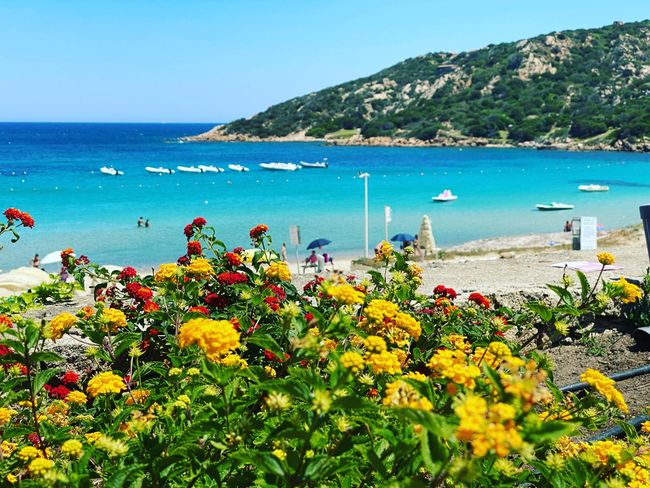
Experiences in Sardinia
Sardinia is a place of a thousand wonders, its friendly atmosphere and many years of history make it a welcoming but versatile place. Whether you're travelling with friends or family, there's always something to do or see.
Being guided to the discovery of landscapes, monuments, beaches, and local food and wine can be a unique experience.
That's why we've created our Tuk Tuk tours. We want to help you explore Olbia and the Costa in a safe and sustainable way.
Our Tuk Tuk tours of Olbia are run by locals who know the city and its surroundings like the back of their hands. So, you'll have a great time discovering all the fun facts and curiosities about Olbia's culture, history and architecture that normal guided tours won't share with you.
Children love to walk the narrow, steep streets of Olbia, and adults love to immerse themselves in the warm, colourful heart of the city.






